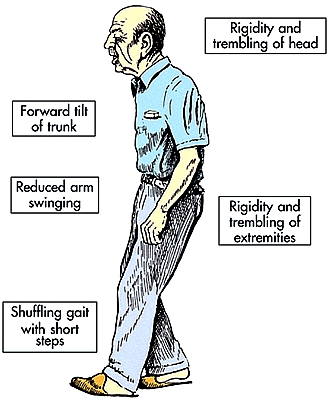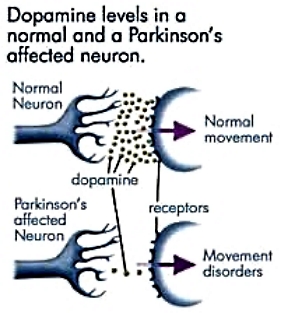Parkinson's Disease Risk Linked with Trichloroethylene (TCE), other Solvents
An international study of ninety-nine identical twins, has shown a strong link between Parkinson's disease and exposure to the industrial solvent trichloroethylene (TCE). Researchers found a six-fold increase in risk of developing the disease by comparing the work environments of identical twins, one of whom had developed Parkinson's disease. This terrible disease, for which there is no cure produces slowed and restricted movement, limb tremors and speech impairment.
This article discusses possible links between organic solvents and Parkinson's disease.



It is estimated that as many as 500,000 Americans have Parkinson's disease and that there are more than 50,000 new cases diagnosed each year.
Previous research has suggested that a mixture of genetic and environmental factors, such as pesticide use may be responsible. But so far the exact cause remains a mystery.
Initially TCE was widely used, but its use has been banned recently around the world, although the chemical is still used as a degreasing agent. Health concerns have restricted the use of TCE and other solvents over the last 30 years.
The twins were interviewed to determine their work history and hobbies and extent of exposure to specifically six solvents including TCE.
Because the twins are very similar genetically and often share similar lifestyle features early in life, twins are often used for these studies because they provide a tight control on other factors likely to influence the results.
This study was the first to show a strong association between TCE exposure and Parkinson's disease and also found a significant association for two other solvents, carbon tetrachloride (CCl4) (widely used in dry-cleaning) and perchloroethylene (PERC).
No significant link was shown for three other solvents toluene, xylene and n-hexane.
The study suggested a long lag time of up to 40 years between onset of Parkinson's and TCE exposure.
Despite the widespread bans on TCE over the last 20-30 years, many people may still be at risk because of exposure early in their lives.
All three of these solvents have been used extensively throughout the world, with TCE commonly used in dry-cleaning solutions, paints, adhesives and carpet cleaners.
Despite the US Food and Drug Administration (FDA) stopping the use of TCE for most applications, it is still in widespread use as a degreasing agent.
Because of previous much more widespread use, TCE is one of the most common organic contaminants polluting ground water in the US, and has been detected in about a third of drinking water supplies throughout the country.
The authors of the study published in the Annals of Neurology called for more research involving much larger numbers of people to confirm the link between Parkinson's disease and TCE and other solvents.
An earlier study also involving twins shows a potential link between Parkinson's Disease and pesticides.